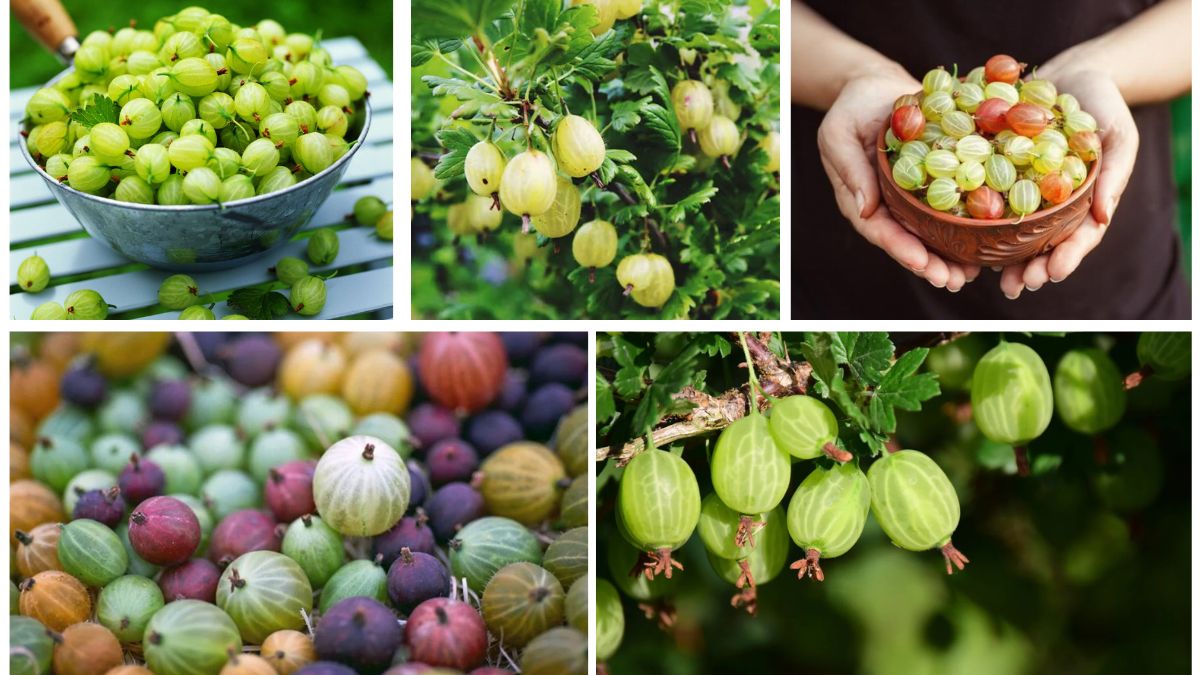Gooseberries may not receive the same global attention as fruits like apples, grapes, or bananas, but they have been cherished for centuries across Europe and Asia. These small, tart-to-sweet berries are packed with vitamin C, antioxidants, and minerals, making them a powerhouse of nutrition. They are enjoyed fresh, in jams, chutneys, desserts, and increasingly, in health supplements.
But when it comes to large-scale cultivation, one country has taken a commanding lead. India is the world’s largest producer of gooseberries, particularly the variety known as the Indian gooseberry or amla (Phyllanthus emblica). While European gooseberries (Ribes uva-crispa) are grown in smaller amounts across Europe and North America, it is India’s dominance in amla production that secures its place as the global leader.
In this article, we’ll explore the types of gooseberries, India’s dominance in production, other major producers, and the role gooseberries play in diets, economies, and global trade.
Understanding Gooseberries: Two Main Types
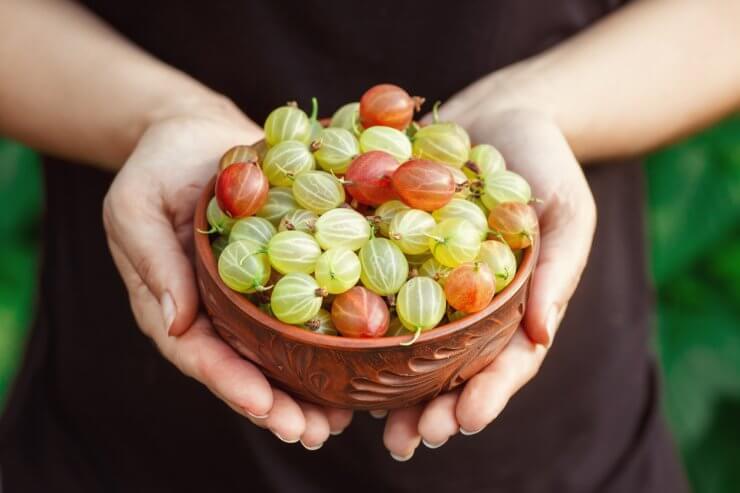
Before diving into production statistics, it’s important to clarify that there are two major types of gooseberries, often confused but distinct:
- European Gooseberry (Ribes uva-crispa)
- Native to Europe and parts of North Africa and Western Asia.
- Typically green, red, or purple in color.
- Common in pies, jams, and desserts.
- Grows in cooler temperate climates.
- Indian Gooseberry (Phyllanthus emblica), also known as Amla
- Native to India and widely grown in South Asia.
- Typically light green to yellow.
- Used in Ayurvedic medicine, juices, pickles, and powders.
- Extremely high in vitamin C and antioxidants.
When discussing global production, Indian gooseberry (amla) accounts for the overwhelming majority. This is why India is recognized as the largest gooseberry producer in the world.
India: The World’s Largest Gooseberry Producer
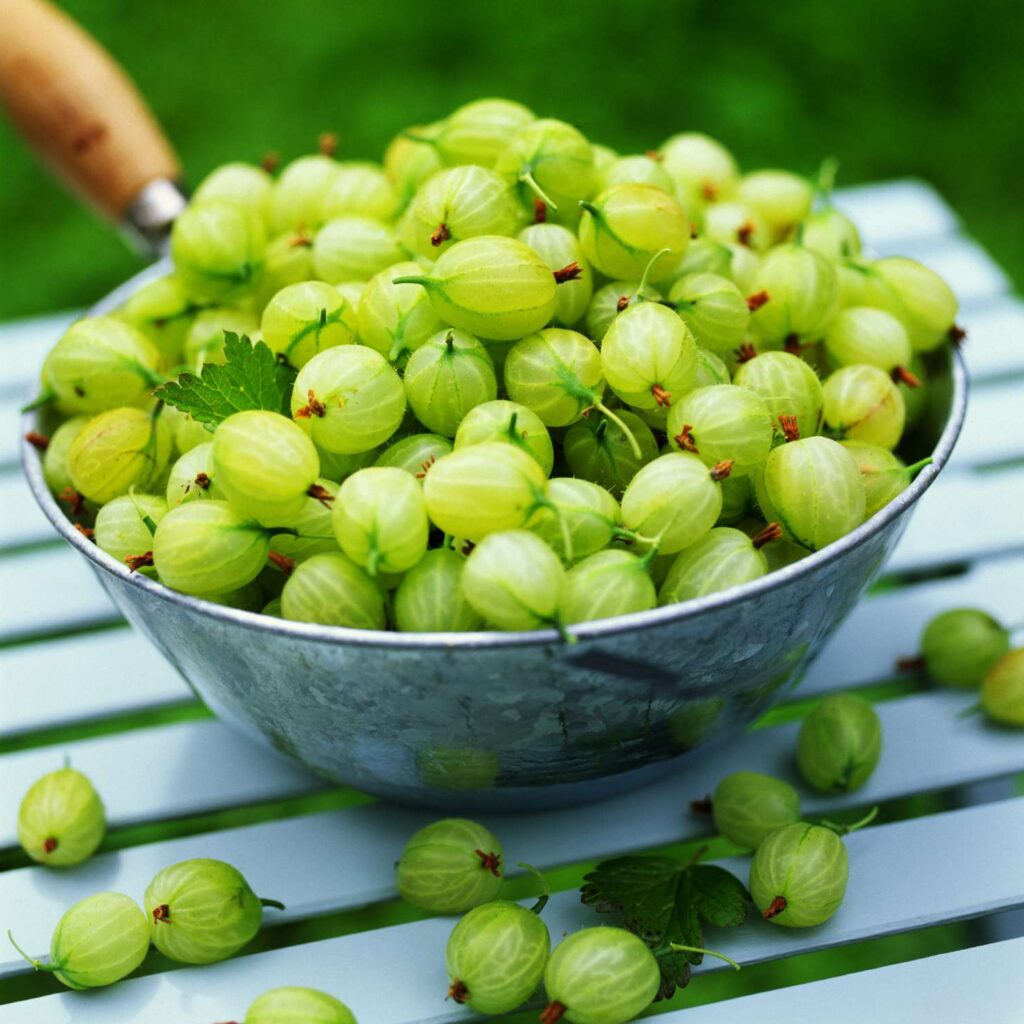
Scale of Production
India produces well over 1.2 million metric tons of gooseberries annually, according to agricultural statistics. This makes it by far the largest producer, responsible for nearly 90% of global gooseberry cultivation.
Key Growing Regions
Gooseberries are cultivated across many Indian states, with major hubs including:
- Uttar Pradesh – The top producer, contributing a significant share of the nation’s amla.
- Madhya Pradesh – Known for commercial-scale orchards.
- Tamil Nadu – Supplies southern markets and contributes to the herbal medicine industry.
- Rajasthan and Gujarat – Emerging players due to semi-arid adaptability.
Uses in India
Gooseberries (amla) are deeply rooted in Indian culture and cuisine:
- Ayurvedic medicine – Used in traditional remedies for immunity, digestion, skin health, and hair care.
- Food products – Pickles, candies, powders, juices, and jams.
- Nutraceuticals – Increasingly used in supplements marketed worldwide.
Amla is not just a fruit in India; it is a symbol of wellness and longevity.
Other Major Gooseberry Producers Worldwide
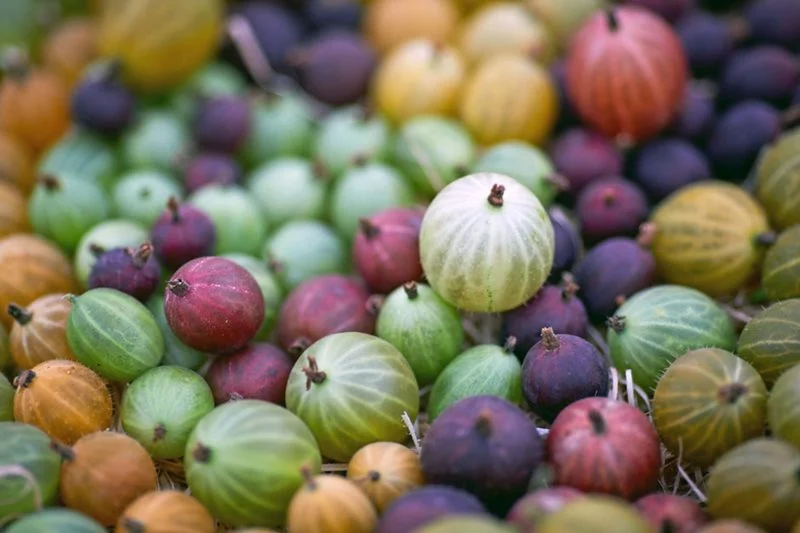
While India leads, other regions also cultivate gooseberries, though at a much smaller scale:
1. Europe (UK, Germany, Poland, Russia, and Nordic Countries)
European gooseberries (Ribes uva-crispa) remain popular in home gardens and commercial farms. The UK, Germany, and Poland are leading European producers. These berries are often consumed fresh or processed into pies, jams, and wine. Russia also cultivates gooseberries, both wild and farmed.
2. China
China has started producing gooseberries, particularly Indian varieties, due to rising demand in herbal medicine and health supplements. However, production remains modest compared to India.
3. Nepal, Bangladesh, and Sri Lanka
Neighboring countries cultivate smaller quantities of amla for domestic use, often in herbal and culinary products.
4. North America (United States and Canada)
European gooseberries were historically banned in the U.S. due to their role as a host for white pine blister rust. However, restrictions have eased in many states, and small-scale gooseberry farming exists, especially in the Northeast and Pacific Northwest. Production remains niche but is growing among specialty fruit markets.
Why India Leads in Gooseberry Production
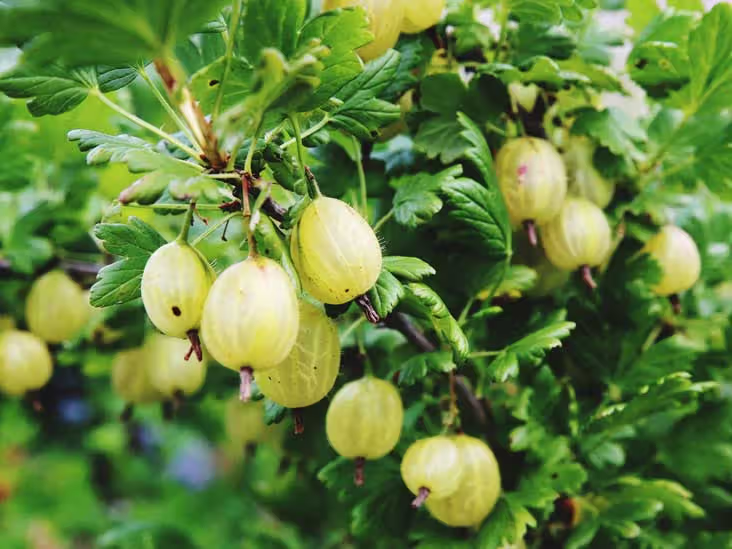
India’s dominance in gooseberry farming comes down to several factors:
- Favorable Climate – Amla trees thrive in India’s subtropical and semi-arid conditions.
- Cultural Significance – Gooseberries are deeply tied to Ayurveda, festivals, and traditional foods.
- Government Support – Agricultural programs promote amla orchards as a profitable crop for small farmers.
- Rising Demand – India’s nutraceutical and herbal product industries continue to grow domestically and internationally.
- High Yield Varieties – India has developed improved cultivars that produce larger, juicier fruits with better shelf life.
Global Consumption and Trade
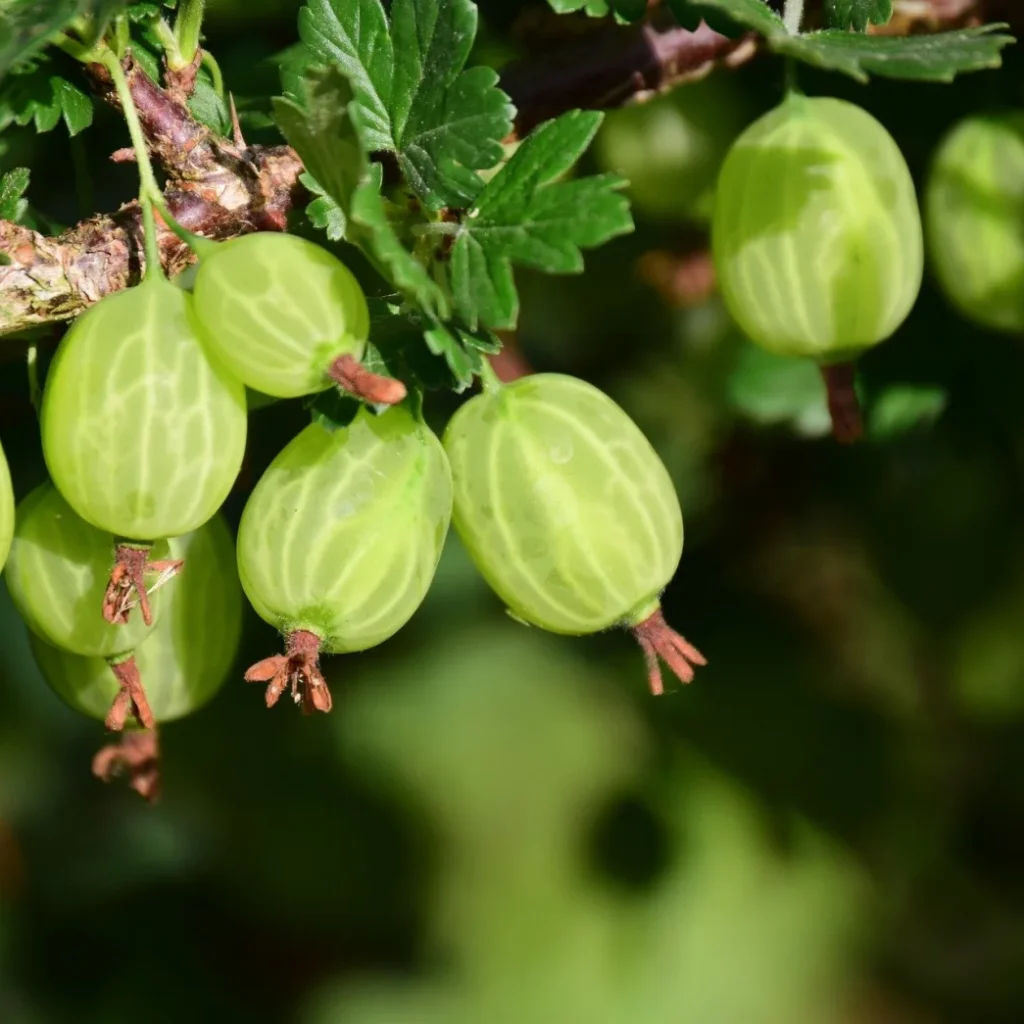
Gooseberries are consumed in different ways around the world:
- In India and South Asia – As fresh fruit, pickles, dried powders, candies, and herbal remedies.
- In Europe – Mostly fresh consumption, desserts, jams, and wine.
- In North America – Specialty fruit markets, baking, and beverages.
- In the global nutraceutical industry – Amla extracts are exported worldwide for supplements, hair oils, and cosmetics.
The global gooseberry market is estimated at over $7 billion and continues to grow, largely fueled by the superfood trend and increasing consumer interest in natural health remedies.
Health Benefits Driving Popularity
Gooseberries are increasingly sought after for their medicinal and nutritional value:
- High Vitamin C content – Strengthens immunity.
- Antioxidants – Combat oxidative stress and support skin health.
- Digestive aid – Traditionally used to improve gut health.
- Hair and skin care – Amla oils and extracts are globally popular for beauty products.
- Blood sugar control – Emerging studies suggest benefits for managing diabetes.
The growing awareness of these benefits is boosting demand not just in India, but also in international markets.
Challenges in Gooseberry Production
Despite its success, the gooseberry industry faces challenges:
- Post-Harvest Losses – Gooseberries have a relatively short shelf life unless processed.
- Climate Vulnerability – Unseasonal rains or drought can reduce yields.
- Market Fluctuations – While demand for nutraceuticals is strong, fresh market prices can be unstable.
- Pest and Disease – Susceptibility to fungal diseases and fruit flies can affect production.
The Future of Gooseberry Production
The future looks promising for gooseberries, particularly Indian amla, due to several trends:
- Rising exports – India is expanding its global market for amla powder, capsules, and juices.
- Organic farming – Increasing consumer preference for chemical-free produce.
- Research and innovation – New cultivars and preservation techniques are extending shelf life.
- Growing global awareness – As a superfood, amla is being embraced in Western wellness markets.
India is likely to remain the dominant global producer for decades, while Europe and niche markets in North America may continue producing smaller amounts for specialty consumers.
Conclusion
So, which country produces the most gooseberries globally? The answer is clear: India leads by a wide margin, producing over 1 million tons annually, primarily in the form of Indian gooseberry (amla). Its dominance stems from favorable growing conditions, cultural significance, and a booming demand in both food and health industries.
Other producers like Europe, China, and North America contribute smaller but important shares, particularly for fresh European gooseberries. Yet, when it comes to sheer scale, India stands unmatched as the global gooseberry powerhouse.
With rising demand for superfoods and natural health remedies, gooseberries—especially amla—are poised to shine brighter on the world stage.
